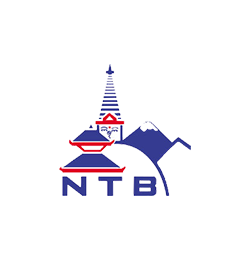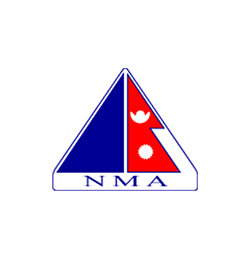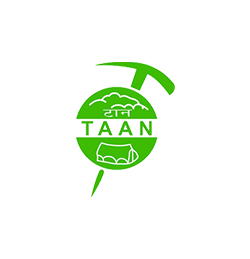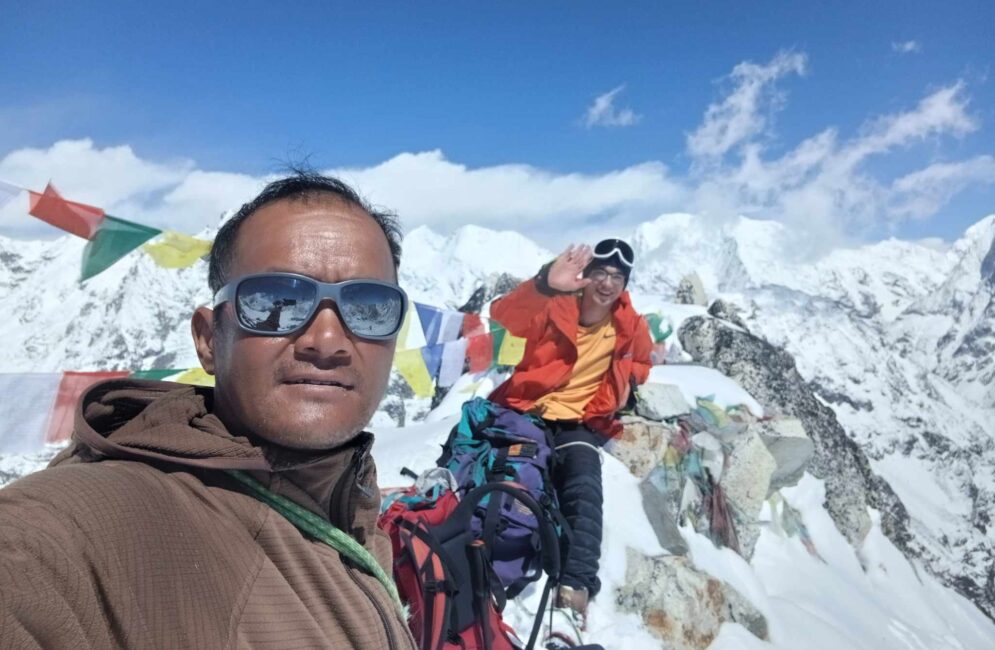
‘an enjoyable climb suitable for all trekkers amidst beautiful Langtang Valley’
Highlight of Yala Peak Climb
“One of the most rewarding trekking peaks to climb around Nepal Himalayas.
The easiest and exciting climb to the summit of Yala Peak with glorious views.
Dramatic changes of landscapes, vegetation and climate on Yala Peak Climb.
Enjoy the adventure around Langtang National Park enriched with flora, fauna.
A scenic and cultural country walks to enter the picturesque Langtang Valley.”
Overviews
Where is Yala Peak? This subject applies to all interested worldwide travelers to enjoy the adventure of Yala Peak Climb. Yala Peak is a lesser Trekking Peak in Nepal at the height of 5,732 m/18,915 feet high. Located amidst picturesque Langtang Valley.
A few hour’s walk to the base of Yala Peak from the last settlement of Kyanjin Gompa. The whole area, including the Yala Peak, falls within the Rasuwa district around North-West Nepal and Langtang Himal ranges.
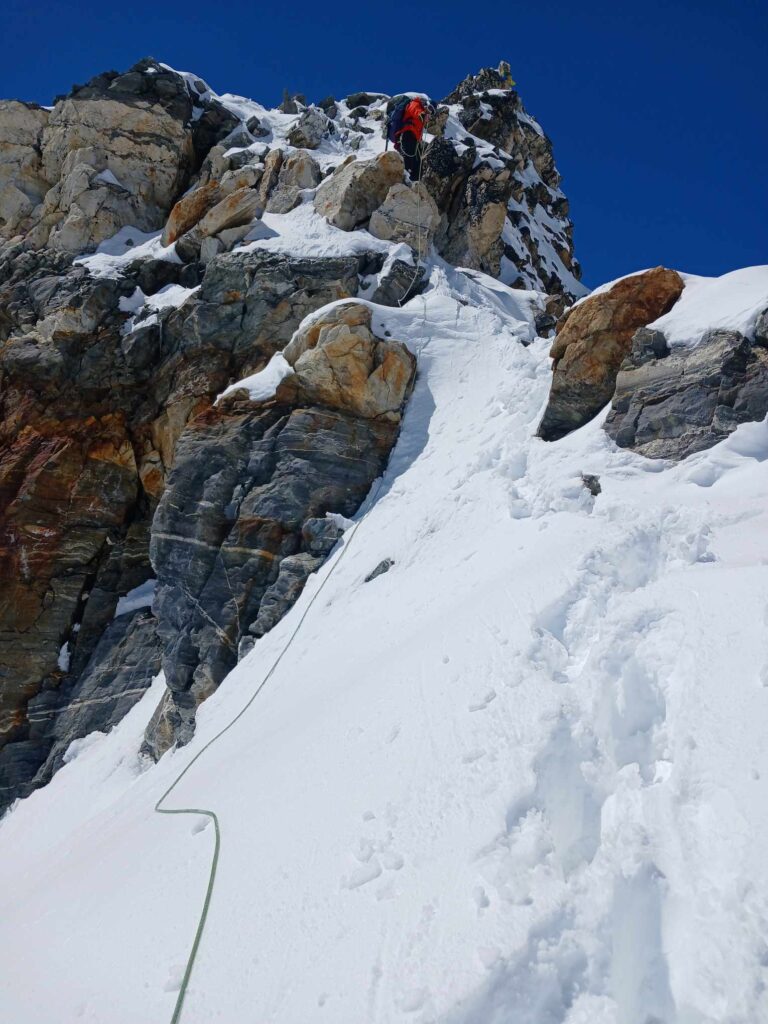
Climbing time at Yala Peak Climbing
It is the closest mountain in the Central Himalayas to the capital city of Kathmandu. Yala Peak Climbing is the most straightforward mountain to reach the summit after spending overnight at base camp. To reach Yala Peak and its base camp includes an exciting overland journey to Syabrubesi Village.
The starting, and ending points of Langtang Valley trekking and for Yala Peak Climb. Syabrubesi is also situated, en route to Nepal and Tibet, China borders towards the north. As well as for various adventure destinations around the Langtang Himal region and beyond.
The Yala Peak and Langtang Valley are located within Langtang National Park. The first Himalayan park around the mountainous region of Nepal was established, in 1991. The park is famous for exotic species of flora and fauna, including the rare and elusive Red Panda. As well as other different wildlife and birds often seen on walks to Langtang Valley and Yala Peak. To reach Yala Peak the walk follows the popular and main route from Syabrubesi to enter the scenic Langtang Valley at Kyanjin.
The last settlement provides several lodge accommodations and food to enjoy.
As well as spending an extra day in Kyanjin Gompa for acclimatization and taking short hikes to viewpoints.
Kyanjin Gompa is the last point and the highlight for trekkers visiting Langtang Valley on a weeklong trek. But trekkers and climbers with an interest in more adventures can enjoy climbing to high Kyanjin-Ri at 4,772 m /15,655 feet.
From Kyanjin Gompa, trekkers can enjoy the day hike and climb to Tserko-Ri
at 5,033 m / 16,500 feet high. Both Kyanjin and Tserko-Ri offer a spectacular panorama of the whole range of Langtang and Central Himal. Spending a day in Kyanjin Gompa at 3,870m/ 12,697 feet helps and supports to acclimatize for the Yala Peak Climb.
The best Season to visit Yala Peak climbing and Langtang valley
In nearly all seasons, one can enjoy the trek to Langtang Valley and the Yala Peak climb. Except for summer, with monsoon times of June to August, the season for heavy rains. The trail will be wet and muddy, and most days are overcast with heavy dark rain clouds to enjoy the views.
The most favorable and high seasons are spring and autumn/fall, considered for Langtang Valley Trek and Yala Peak Climb.
The spring begins in March and ends in May, a lively time for pleasant walks and scenic views. Most days are fine and clear with enough sunshine hours till late afternoon from 6 a.m. to 6 p.m.
Springtime with wildflowers is in seasonal bloom, especially the rhododendrons of various colors and with different species.
The mid-hills, below 3,000 m, are covered in the dense green forest lined with rhododendrons, oaks, pine, and fir trees. During spring, in the late afternoon, it can get cloudy sometimes, with chances of light rains and snowfalls. But, days are longer with sunlight hours, but cold morning and late afternoon till nighttime.
The next best season of autumn/fall, most days are bright, with sunshine for views and pleasant walks and climbs. Autumn/fall starts from September to November, one of the high seasons in Nepal for trekking and peak climbing. Days are fine with crystal clear blue sky and get dark soon due to limited sunshine hours. Morning and late afternoon until night time are cold, and chances of light snowfall above 3,000 m.
Choosing Yala Peak for Climbing around the Himalayas
The Yala Peak is a high rocky ridge, considered one of the easiest and lesser peaks for climbing. Record of near 95% success rate, and the rest 5% is due to bad unfavorable weather conditions. It can happen sometimes, even at the best time of the year. But it is an exciting peak to enjoy the route to the summit, which is mostly on the rocky path.
The grade of the climb is ‘F’ which means “Facial Easy” in terms of French and Swiss Alpine Climbing Classification Systems. It is a non-technical peak to enjoy the climb where crampons and ice axes are required. In the case of snow and ice conditions at some time, where all types of trekkers and age groups can enjoy the climb.
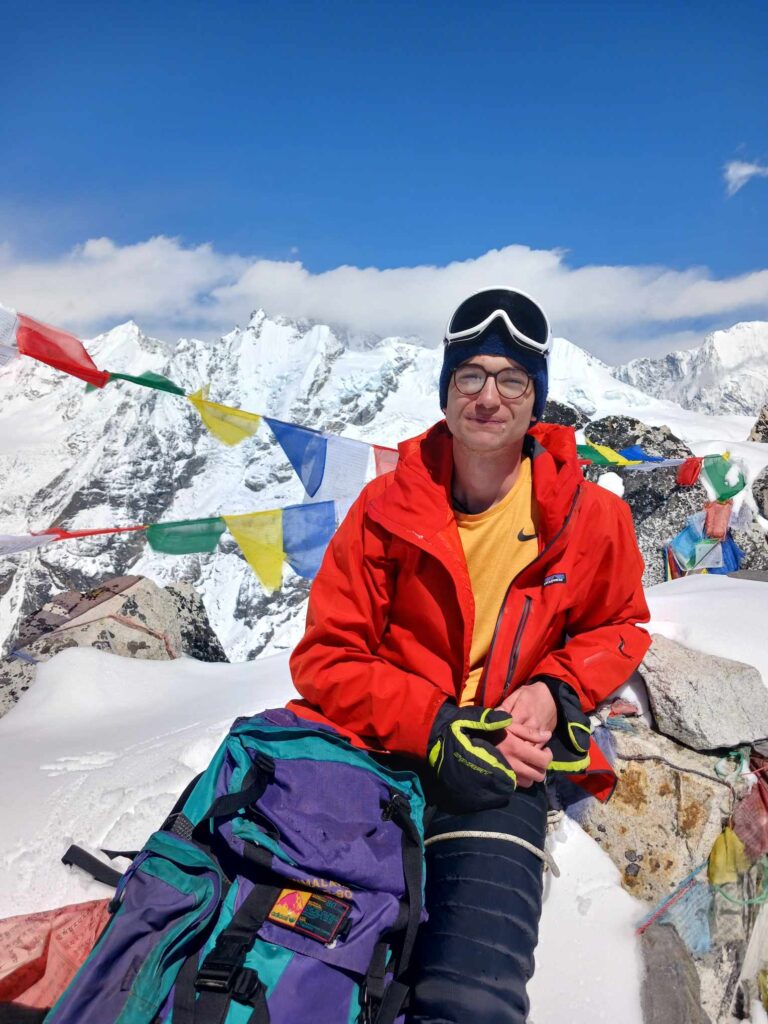
Views from Yala Peak Summit
The route to Yala Peak begins with a slow and pleasant trek from Kyanjin Gompa. After spending an extra day for acclimatization and exercise with a hike up to Kyanjin and Tserko-Ri. The trail from the base camp of Yala Peak then climbs steeply up to Tserko-Ri on the midway. The climb leads to a steep and strenuous walk until the top of Yala Peak is reached.
All the hard climbs are rewarded with a jaw-dropping panorama of the surrounding snow-mountain ranges. The views, from the top of Yala Peak offer as far as your eyes can reach. Overlooking Ganesh Himal (7,405 m), Langtang Lirung (7,234 m), Ghengu Liru (Langtang II – 6571m), Kimshun (6,745m) and Shalbachum (6,918m). Extend towards the south of Chimsedang ridge with Naya-Kanga (5,846m) and Gangchenpo, Tillman’s beautiful Fluted Peak.
It stretches beyond towards Jugal Himal, terminating in Dorje Lakpa (6,980m/22,929ft). The Yala Peak Summit provides excellent views of Mt. Shishapangma (8,013m), the highest mountain in Tibet.
Requirements for Yala Peak Climbing
For the climb and trek of Yala Peak, trekkers need TIMS (Trekking Information Management Systems). All necessary permits are obtained by the concerned trekking agencies, upon booking the trip with White Hill Adventures Treks & Expeditions. Includes entrance tickets for Langtang National Park, which the guide will purchase either in Kathmandu or at Dhunche Town. The entrance post of the park, and towards Langtang Valley and Yala Peak.
The other necessary things are required besides the permits. Is your gear and equipment for the trek and climb of Yala Peak, like sleeping bags and a down jacket? Including ice-axe, good trekking boots, snow gaiters, and crampons in snow conditions. The rest of the gear and clothing as suitable for trekking as per the season.
The main important thing for Yala Peak Climbing requires camping equipment. The company booked will carry two men’s tents and dining tents as per the size of the group. Include a separate kitchen tent with expert cook, kitchen staff, climbing and trekking guide, and staff with porters. Most of the trekking with overnights in local lodges reroute to Kyanjin Gompa along with the best meals. From Kyanjin Gompa to Yala Peak Base Camp in tented camping for a few overnights until the climb is over. The rest of the return journey overnight in lodges to Syabrubesi Town-Village.
Conclusion
Yala Peak is located, around the Central Himalaya within the Langtang Himal range. It is one of the shortest duration adventures to enjoy, more than a week.
It involves driving both ways, from Kathmandu to Syabrubesi and vice-versa, one of the most enjoyable and fascinating adventure holidays.
The one only trekking peaks in Nepal and around the Himalayas, where trekkers and climbers can enjoy the climbing. Without the problem of technical effort and difficulties, except for the steep and strenuous climb at high altitudes with thin air. Taking slow and steady with enough rest and staying healthy throughout the adventures will be the best. Enjoy the exciting climb on top of Yala Peak Summit with breathtaking views of surrounding towering snow peaks.

